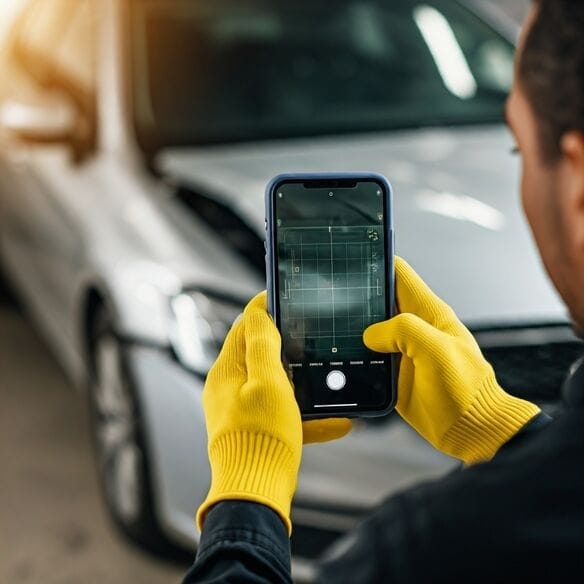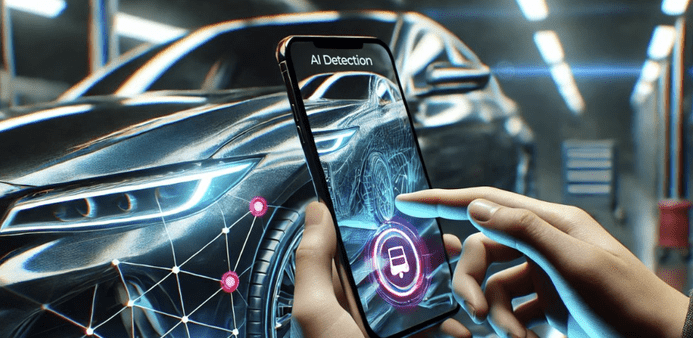Automation of Car Inspections for Motor Auctions | Inspektlabs
Technology is revolutionizing the internal and external workings of motor auctions. It offers greater transparency and access to high-quality information.
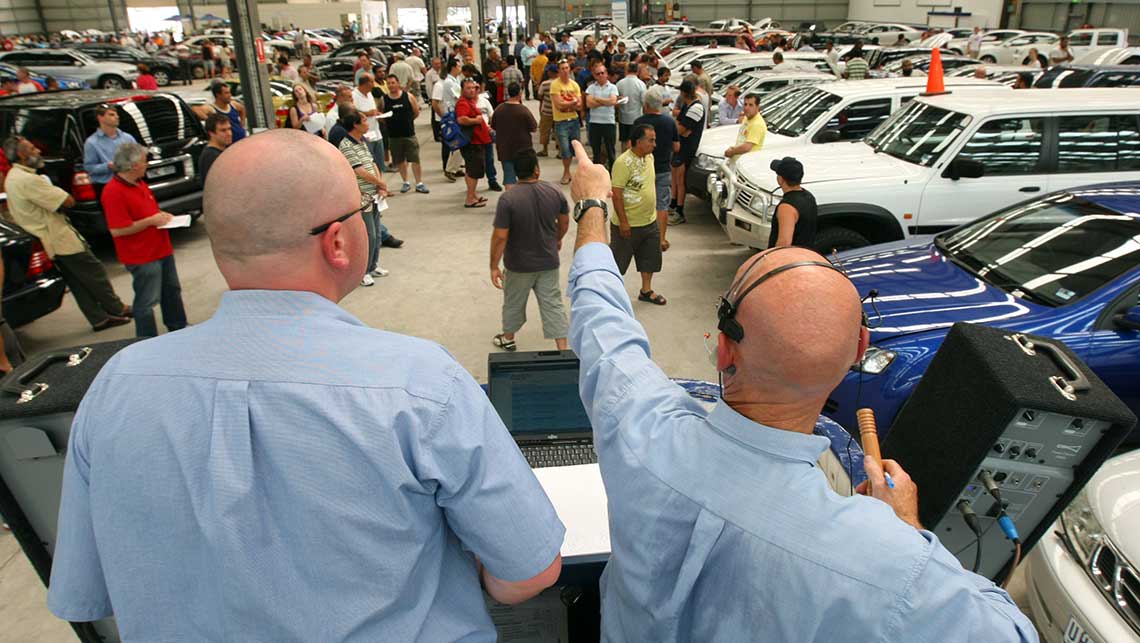
A motor car auction can be an excellent place for buyers to land a steal deal on their next automobile. Customers get access to an array of vehicles in various stages of use, and every item is fair game for the public. However, no matter how tempting you may make the offer, buyers are always hesitant to pull the trigger. The primary reason for this unwillingness to buy is the lack of trust between the buyer and the seller.
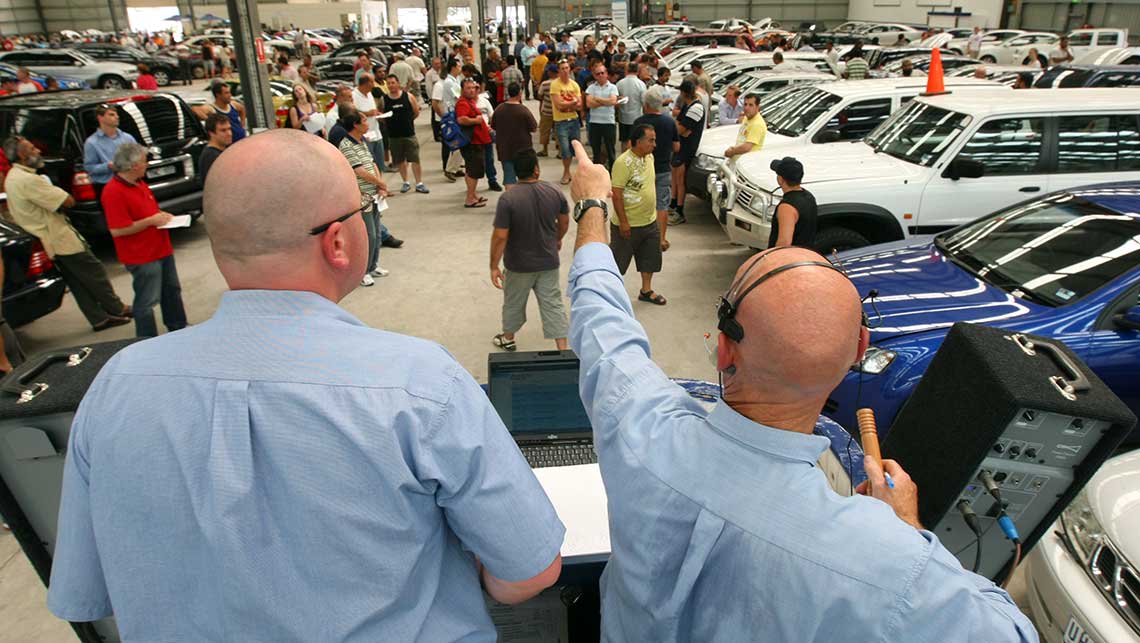
In this post, we will take a look at the challenges facing the motor auction industry and the possible solutions for these pain points.
Common Misconceptions About Motor Auctions

Let’s first understand the problems plaguing motor auctions. Common issues include:
• It is popularly believed that cars that are up for grabs in auction lots are either absolute pieces of junk or completely unsaleable.
• Since companies do not need a license to hold automotive auctions, buyers are more suspicious since there is no proof certifying that the deal is as good as it appears.
• Sellers buff up, touch, and polish cars to make them look appealing as cars undergo repairs before being up for sale. However, it makes buyers believe that the seller is hiding potential problems with the vehicle.
Dispelling the Myths Through AI-Powered Car Inspections
From the various problems cited above, automobile health and condition are one of the primary concerns that discourage the buyer from taking home their ride. The second is a lack of trust. But what if there was a concrete way to prove that your vehicles are perfectly usable?
You can kill both the birds with a single stone - AI powered car inspections.
Here’s how it works:
- At first instance, you share the images of the cars that are going on sale - that’s standard practice. However, in this case, you can capture a 360-degree view of the vehicle using a comprehensive set of cameras and recording devices.
- The raw data is uploaded to a cloud platform, where an AI-powered system processes it to extract insightful information, such as the extent of damage, the estimated cost of repair, etc.
- These findings are captured in a detailed report, which is shared with the prospective buyer. The customer can go through these reports and make an informed decision while making the purchase.
A quick glance at the above flow also indicates that the process may work in reverse. As a dealer, you can analyze the car condition before buying it and flipping it at an auction.
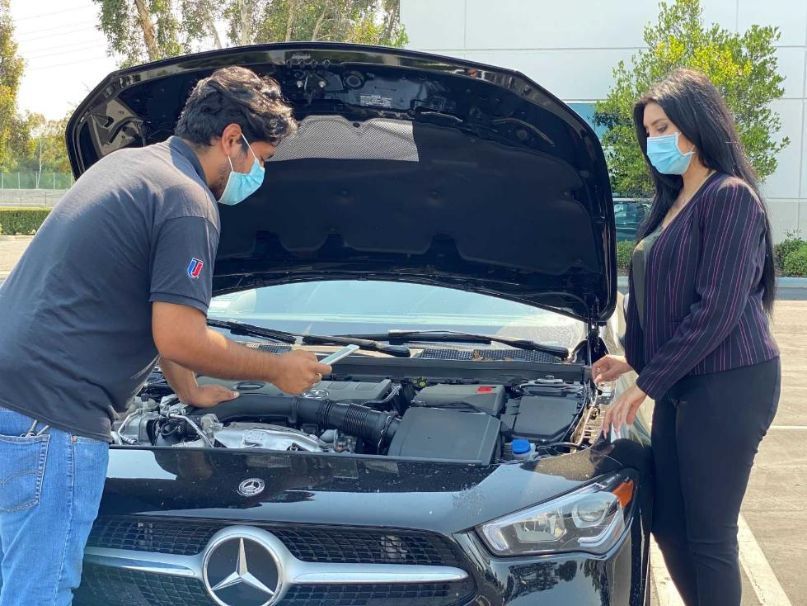
The vehicular inspection may be carried out before, during, or after the auction, with each concerned party or stakeholder having the ability to inspect the vehicle and satisfy themselves. Ideally, having fully-distributed inspection systems at every stage lays the foundation for greater trust and efficiency.
Key Takeaways
Technology is revolutionizing the internal and external workings of motor auctions. It offers greater transparency and access to high-quality information. Faster, more accurate AI-powered condition reports backed by evidence-based data could be the clinching factor that drives sales during motor auctions!

